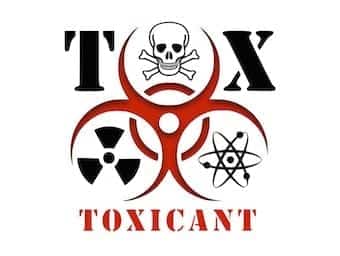
Theophylline toxicity
Theophylline has a narrow therapeutic index, both acute and chronic overdose is potentially life-threatening requiring aggressive supportive care and dialysis to ensure a good outcome

Theophylline has a narrow therapeutic index, both acute and chronic overdose is potentially life-threatening requiring aggressive supportive care and dialysis to ensure a good outcome

Isoniazid overdose is rare but life threatening. Isoniazid can cause refractory seizures which require the specific antidote pyridoxine. It should be thought about in cases of status epileptics where this is a relative or a potential history of TB in the family.

Baclofen in overdose produces a rapid onset of delirium, respiratory depression, coma and seizures. In large overdose the patient can appear brain dead and it has resulted in the pursuit of organ donation only for the patient to wake on the operating table. The mainstay of treatment is good supportive care.

Opioids are obviously our bread and butter in emergency medicine, what more is there to know? This post is designed to give you a few extra tips and some idiosyncrasies with some of the other opiates to assist you in your clinical management.

Gamma-Hydroxybutyrate - GHB has many names including: Cherry meth, liquid Fanta, Easy Lay, Fantasy, Georgia Homeboy, Liquid Ecstasy, Liquid G and most annoyingly...water. GHB is the opposite of Amphetamine, instead of making you angry and hypervigilant it depresses your CNS. It is a precursor and metabolite of gamma-aminobutyric acid (GABA - the inhibitory neurotransmitter).

Cocaine is a classic sympathomimetic, used by the Incas as an appetite suppressant and noted for its analgesic properties we now use it medically as a local anaesthetic (Sodium channel blockade of the nerves).

An uncommon presentation but you need to know that barbiturates can cause a profound coma mimicking brain death. Without good supportive care this overdose or mis-adventure can be lethal.

Marijuana is the most widely used illicit drug in Australia, most people have a pleasant experience with the psychoactive drug. Cannabinoids can have adverse effects particularly in children if high doses are consumed which result in CNS depression and a coma lasting up to 36 hours.

Amphetamine toxicity and how to manage the severe complications in the emergency department.

Colchicine toxicity is rare but any intention overdose with colchicine is potentially lethal. Although resuscitation is a priority as with all toxicities, colchicine requires urgent decontamination due to the limited therapies we have once toxic serum levels develop.

Quinine causes cinchonism (nausea, vomiting and tinnitus) in overdose but also blindness which is delayed and sometimes not noticed until the morning after the acute toxicity has resolved. Think of it as aspirin (the salicylism) that causes blindness.

Acute digoxin poisoning manifests with vomiting, hyperkalaemia and brady-tachyarrhythmias potentially leading to death, whereas chronic digoxin toxicity is far more insidious, still with gastrointestinal symptoms but in addition bradycardia and automaticity on the ECG.